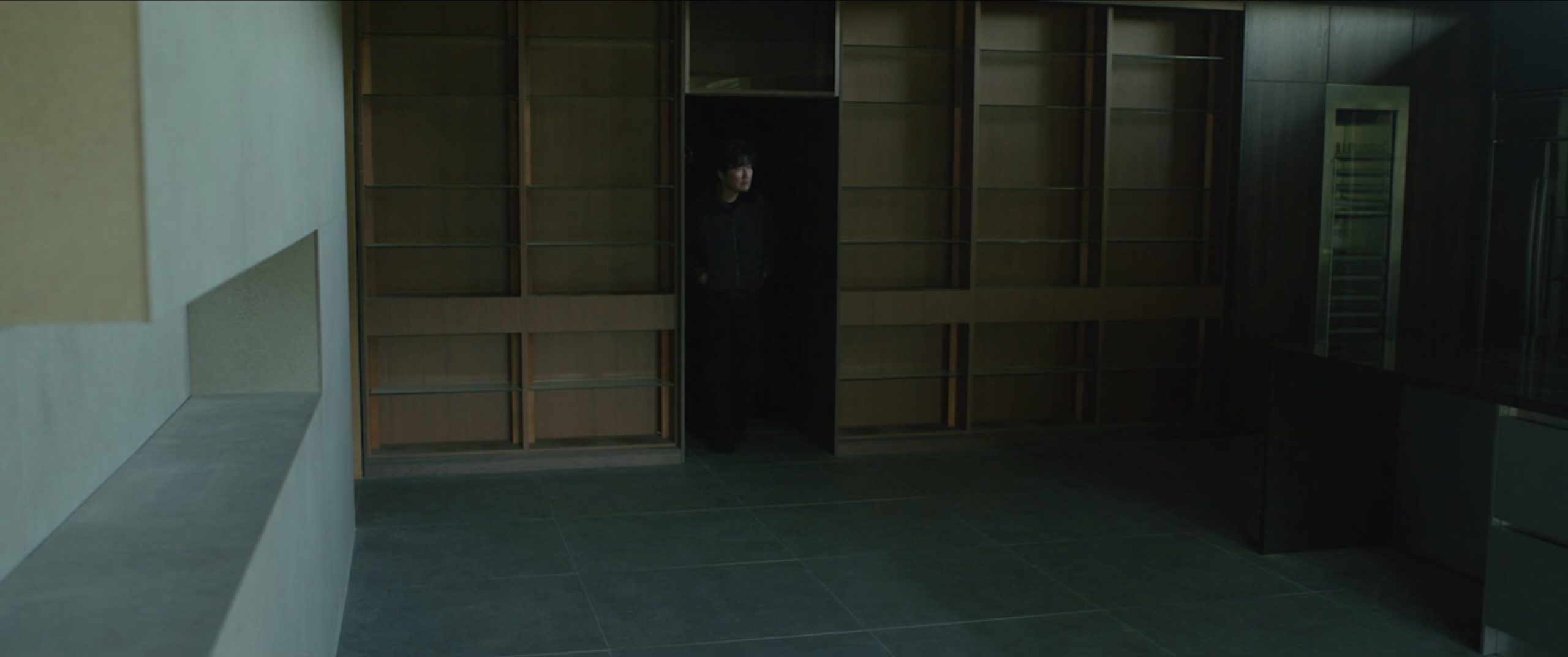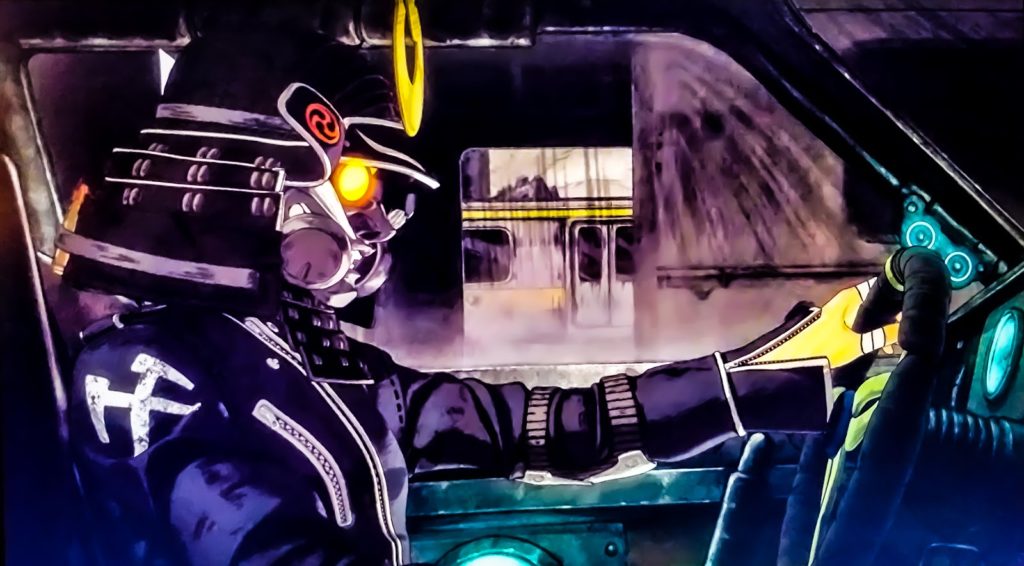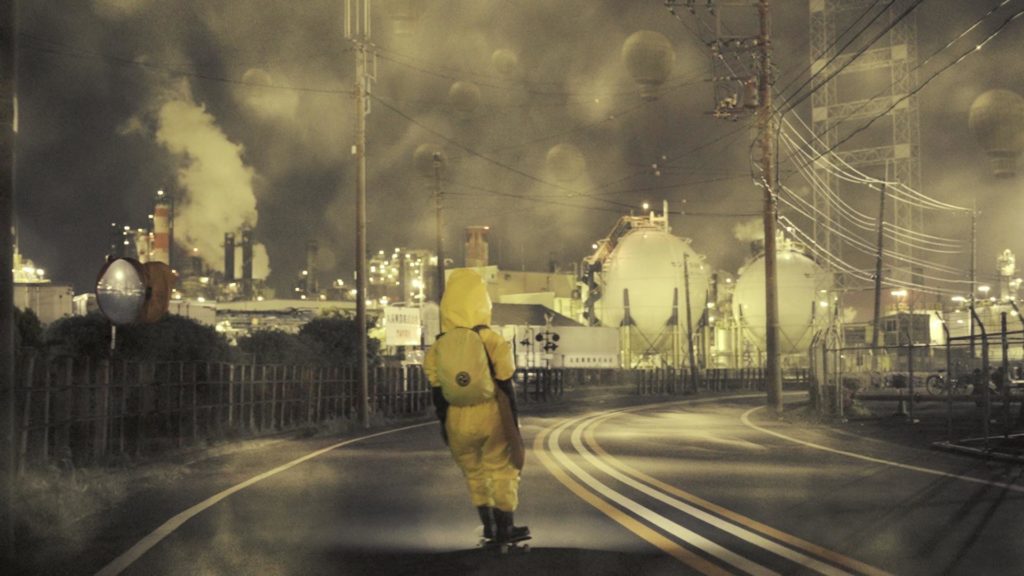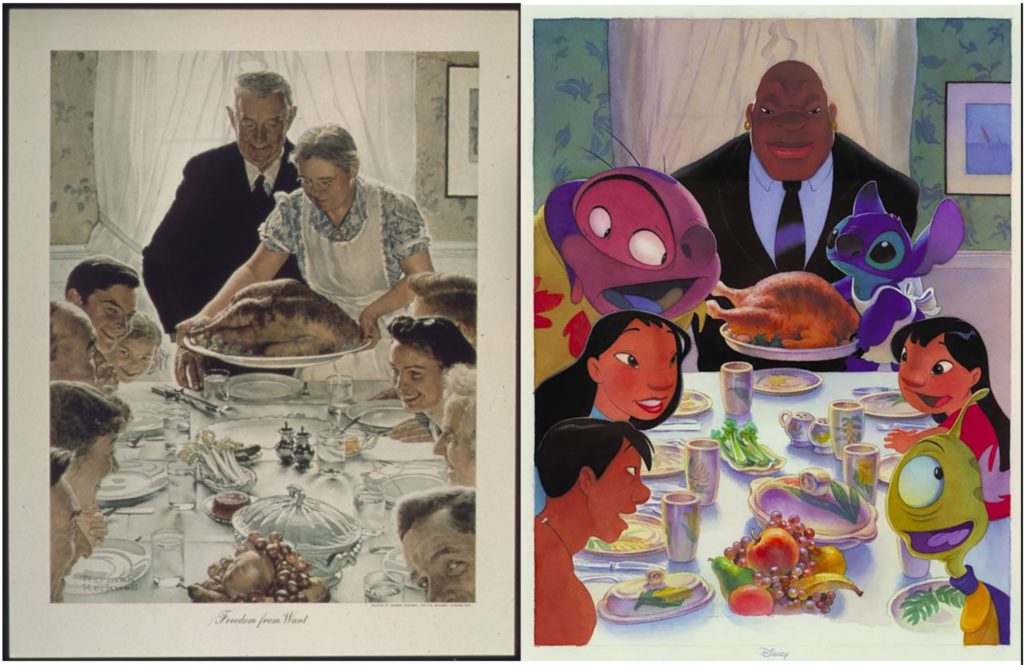Why so many Korean films and shows feature classical music
by Sean Moon
When you watch popular South Korean titles, you might notice the frequent use of classical music as part of their soundtracks. Whether it’s the background music of romantic piano in Parasite, the Blue Danube waltz in Squid Game, or the strings throughout Snowpiercer, you might wonder: why do so many Korean directors are so set on including classical music as part of their soundtracks? What makes this kind of music so pertinent to Korean stories?
To begin understanding the unique relationship between music and Korean film, there must be an understanding of the history of South Korea and its relationship with class. To be educated, in the arts, is to symbolize class. When Western music was first introduced to Korea in 1885, Okon Hwang explains that classical music was regarded with “cultural sophistication and prestige due to its Western origin and its affiliation with formal educational institutions from the beginning of its presence in Korea”. In South Korea, like many other countries, to have a formal education in the arts and classical music is still one that is considered esteemed and of high social status. It requires vast resources and formal education to become a scholar of classical music. Korea’s appreciation for classical music is an appreciation for what it represents: an elite status.
Classical music in Korean films will always have connotations of class and social distinction, but the way in which it is used by directors changes the narrative and the meaning of both the music and the scene. Directors play with the undertones of status that classical music generates and incorporate it into their unique story. The reference that this genre makes to class transforms an otherwise incomplete picture.

The ending of Parasite, directed by Bong Joon-Ho, is a montage of a letter from Ki-woo to his father. He explains his plan to accumulate wealth and eventually purchase the house his father has trapped himself in, and reunite his family. Ki-woo explains all his father needs to do is ascend the stairs. The music played during this scene is a soft romantic piano piece, reminiscent of the first movement of Beethoven’s Moonlight Sonata, repeatedly playing ascending notes as its base. Strings are introduced as a very calm and simple melody. Its tempo is steady and peaceful, creating an intimate and introspective atmosphere through its pace. The repeated phrases of ascending notes as the father reaches the top of the stairs is incomplete, and the last and highest note is absent. Almost as if the final step of reaching Ki-woo’s goal will never be taken, the absence of the complete phrase seems to indicate that the letter he is writing to his father is an imagined future rather than one he will achieve. The genre of the music connects with the theme that plans never work out, and toys with Ki-woo’s life goal of achieving will never stop chasing and never achieve. The essence of classical music and its unique use does more than tell us of Ki-woo’s dream of a higher social status, but of its impossibility.
Squid Game has stormed the world with its gripping tale of 456 players in dire economical circumstances playing a deadly game of survival to earn millions. Featured prominently in scenes after finishing a game and the dining scene in the final episode, “The Blue Danube” waltz by Johann Strauss II, plays a satirical role for the show. Strauss composed the waltz in 1866 after Austria was defeated by Prussia in the Seven Weeks’ War. Faced with poor morale and economic depression In Austria, he wrote the piece based on a poem in hopes of lifting the spirits of the Viennese. Originally a choral work, it had mediocre success, but when changed to an orchestral piece, it instantly became popular.
Director Hwang Dong-hyuk plays with the story through the music as a way to lift the spirits of the players, but also the fact it is of the classical music genre cruelly reminds the players of a status they have not achieved. The French sociologist, Pierre Bourdieu points out that taste for certain classical music can be predicted and indicated by class. He specifically describes “The Blue Danube” as a song “preferred by manual workers, while Bach’s ‘Well-Tempered Clavier’ was popular with those who had higher levels of cultural capital”. While it is a piece more accessible to the characters of the show, it is also immediately recognizable to the audience and denotes ideas of class and elite education by its association with Western culture and Viennese refinement. In the final formal dining scene, the three remaining players are treated to a rare steak and wine. All dressed in formal attire, Gi-hun and Sang-woo devour anxiously as though it is competition while Saebyeok picks at her food as she weakens from her wounds. Surrounding them on the walls are depictions of the violent games they endured to get to the final round. Throughout this tense scene, “The Blue Danube” plays triumphantly in the speakers overhead as a grotesque reminder of the unthinkable experiences that led them to the finale in hopes of earning money. A false sense of class, false sense of achievement, and accessible classical music counterpoints the expectation of the characters of escaping their shackles to capitalism and rise to gain freedom.

Unlike Parasite and Squid Game, the characters Snowpiercer, also directed by Bong Joon-ho, reject the chains of capitalism and force their way from the back of train filled with poverty, illness, and poor conditions to trudge to the front of the train where they pass by the highest echelon of passengers. After they break through their first obstacle, they pass through an elaborate aquarium and sushi bar. Minister Mason, an antagonist, explains that the aquarium is a delicate self-sustaining ecosystem and that sushi is served only twice a year. After she explains the importance of balance, piano music begins to play serenely as the characters their first taste of sushi rather than their usual protein blocks made of cockroaches in the back of the train. When Minister Mason speaks of balance, her words are very clearly applicable to the balance of the hierarchy of class: in a hierarchy triangle, there are only a delicate few at the top balanced on the masses at the bottom: the protagonist’s band going forward disrupting this balance. The elegant piano music mirrors this sentiment as a counterpoint to the rugged unruly hair and bruised bloody faces of the party as they enjoy their classy meal. They are out of place. To bring us back to reality, a stinger of the rattling of Minister Mason’s chains as she reaches for the sushi reminding the audience of the privilege of the food and of the elite. As Curtis orders Minister Mason to instead eat the protein block, the music decrescendos to silence and we hear the unsavory sound of chewing, ending the fantasy-like experience and immersing us to the reality of where the party stands in society.
Classical music in Korean films will always be featured in movies about class because of the deep connotations and its influence in Korean culture, but each film and director twist this genre of music to serve purpose in their titles. A deeper analysis of classical music in Korean films reveals more than just class, but generates depth.















